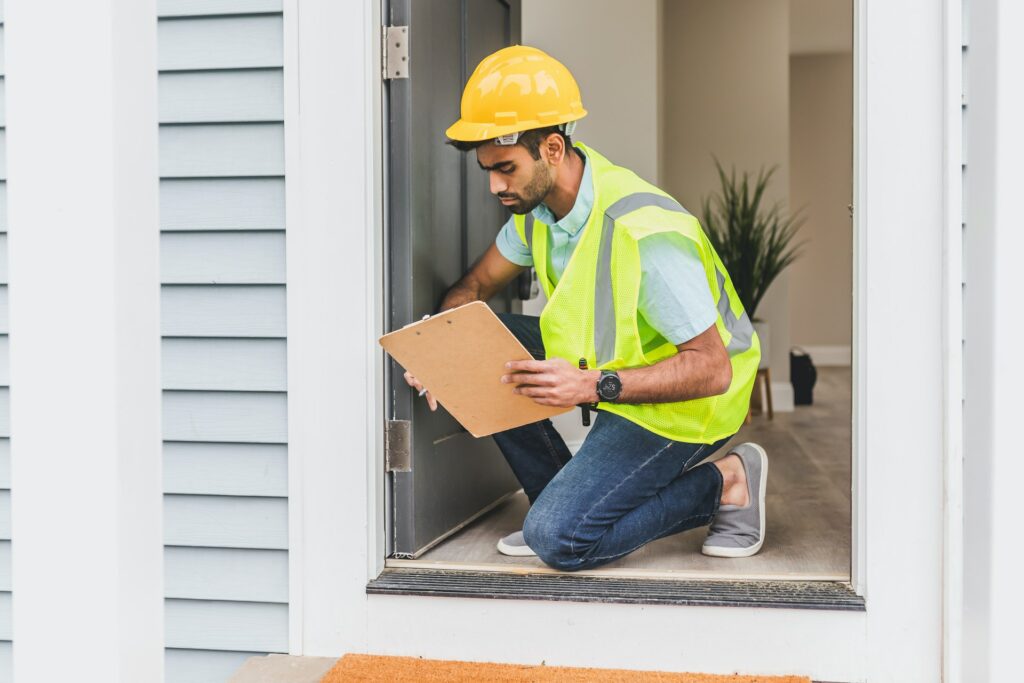Dealing With Security Deposit Deductions
Reading Time: 4 minutes We have handled more security deposit deductions than we can count. In today’s article, we explain how we sorted it out with one of our residents. Move-out Inspections and Security Deposit Deductions At the end of every single lease term, a tenant will move out. It is then our job to do a…

We have handled more security deposit deductions than we can count. In today’s article, we explain how we sorted it out with one of our residents.
Move-out Inspections and Security Deposit Deductions
At the end of every single lease term, a tenant will move out. It is then our job to do a move-out inspection of that property to see if there are any damages that the resident incurred. In case there are any, we will determine the cost for the repairs and deduct the amount from their security deposit.
Many times, tenants don’t like losing money from their deposit. Of course, the state of Massachusetts is a very tenant-friendly state. Landlords need to have the correct information, proof, and deductions to do security deductions legally. Otherwise, you could be responsible for up to triple damages.
Tips on Dealing with Security Deposit Deductions
Mishandled security deposit deductions are definitely an income loss. Take some notes from how we dealt with one of our residents who damaged the walls of their unit. With the following tips, you can prevent yourself from making an expensive mistake.
#1 Practice proactive property management
One of the best ways to handle security deposit deductions is to be proactive about it. Once, we had the resident say, “we didn’t do the damage to these walls that you charged us money for.” So what we did was we showed them an inspection when they first moved in, and the move-out inspection of the resident before them. The reports showed them what the conditions of the walls were.
In this situation, we actually painted the walls, so we had a move-out/move-in report that shows brand-new painted walls. We then had the new resident do a move-in inspection themselves; they do it on a phone, and that same move-in inspection showed the brand new walls. So, there were two reports that show brand new walls when they first moved in.
#2 Conduct regular inspections

We do an annual inspection before the lease renewal process, typically around December and January. During the annual inspection for that same resident, you can see there were tons of stuff hung up on the walls, pictures, and paintings of the exact locations where there were damaged walls. From there, we made the necessary deductions from the security deposit to cover repair expenses.
#3 Use 3D virtual tours as proof
We take 3D tours of our properties for marketing purposes. 3D tours allow us to walk through the entire property as if we were there, so it shows even those that are hanging on the walls.
So when that same tenant moved out, you know they tried to patch and paint those walls to cover up the damage. But what ended up happening was those patches and paints became very evident. They said, “well, we were trying to do something good, we were trying to fix those walls.”
But we told them “well, you left it in worse shape because it was a brand new painted wall. You have to leave it in the same shape and condition that you had.” That attempt to cover up the damage required us to repaint the entire place again.
#4 Keep track of costs for repairs
We showed them the invoices of when we first painted the walls before they moved in and after they moved out. That way, we had proof of the actual payment for the deductions as well.
#5 Specify the terms in the lease

The most important aspect that we had was showing them their lease, which states that they cannot hang anything on the walls without our approval. So we went from this argument with the resident who was saying “I’m not responsible for any of this stuff. You know you shouldn’t be charging me for it.”
So we show them that the damage didn’t exist before they moved in, proving that they did the damage during the year of their occupancy as revealed in our annual inspections and 3D tours, and then had the lease to back it up stating that they did not have the approval from us to hang anything on the walls.
Our move-out inspection, annual inspection report, and 3D tour all served as supporting evidence necessary to do a proper security deposit deduction. Most importantly, we mailed it back to them within thirty days of their lease ending.
Our commitment
If you or anybody else you know is looking for a proactive property manager to make sure that your property is taken care of, tenants leave it in the way that they have to, and that the proper security deposit deductions get done, please think of Green Ocean Property Management: where you get more than a property, you get peace of mind.
Preparing for Asbestos Removal to Prioritize Tenant Safety
Reading Time: 3 minutesWhen it comes to asbestos removal, safety is paramount. At Green Ocean Property Management, we’re committed to going the extra mile to guarantee the well-being of our clients and the public. Asbestos fibers can cause severe damage to our health when inhaled: colon and lung cancer, among other diseases. As a property management company, our…
Enhance Your Real Estate Experience with 3D Tours
Reading Time: 3 minutesIn the competitive world of real estate, visuals play a crucial role in capturing the attention of potential buyers or renters. While photographs and videos have long been used to showcase properties, the introduction of 3D tours has revolutionized the industry. Green Ocean Property Management understands the immense value these tours bring to the table….
The Role of Property Management in Neighborhood Revitalization
Reading Time: 3 minutesWhen it comes to neighborhood revitalization, property management plays a critical role. Property managers are responsible for maintaining the physical condition of a property, addressing tenant concerns, and ensuring that the property complies with local laws and regulations. This level of oversight and accountability can significantly impact the overall health and well-being of a neighborhood….








